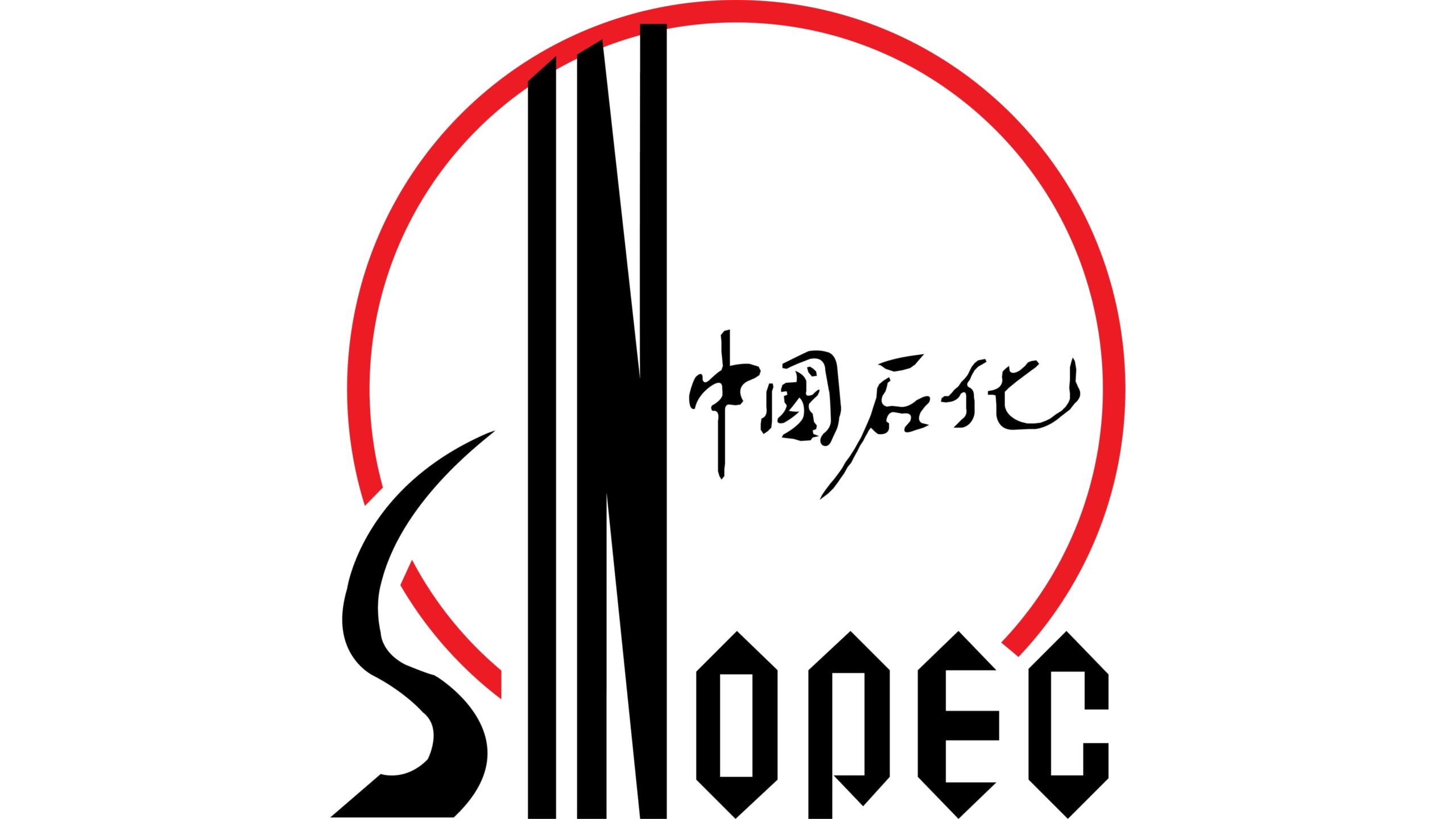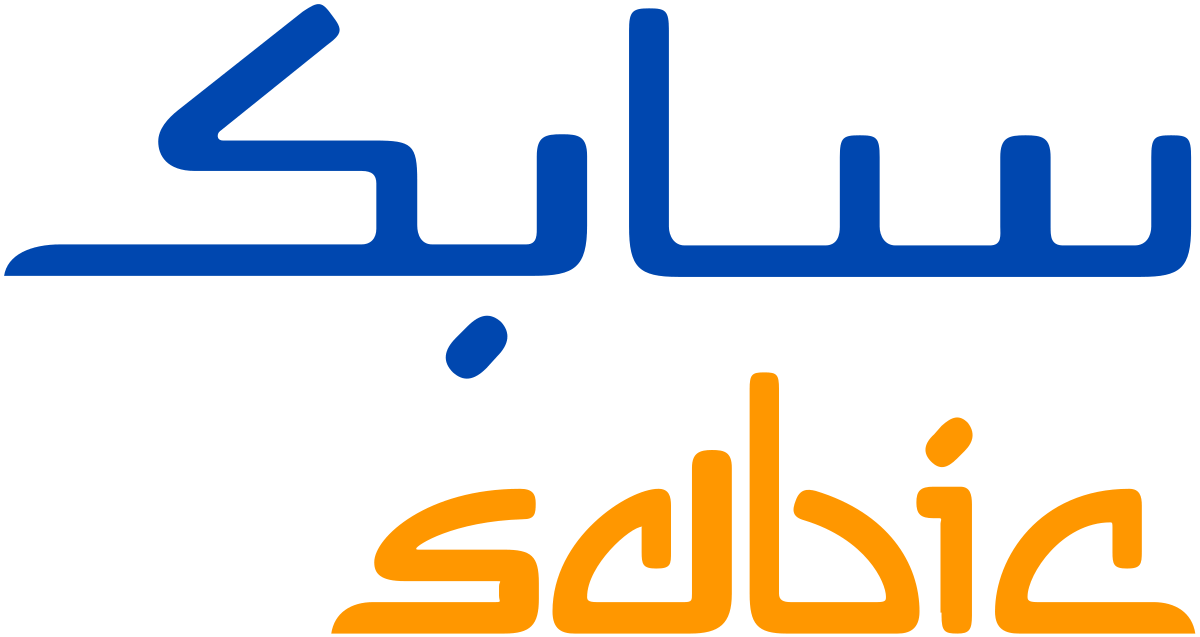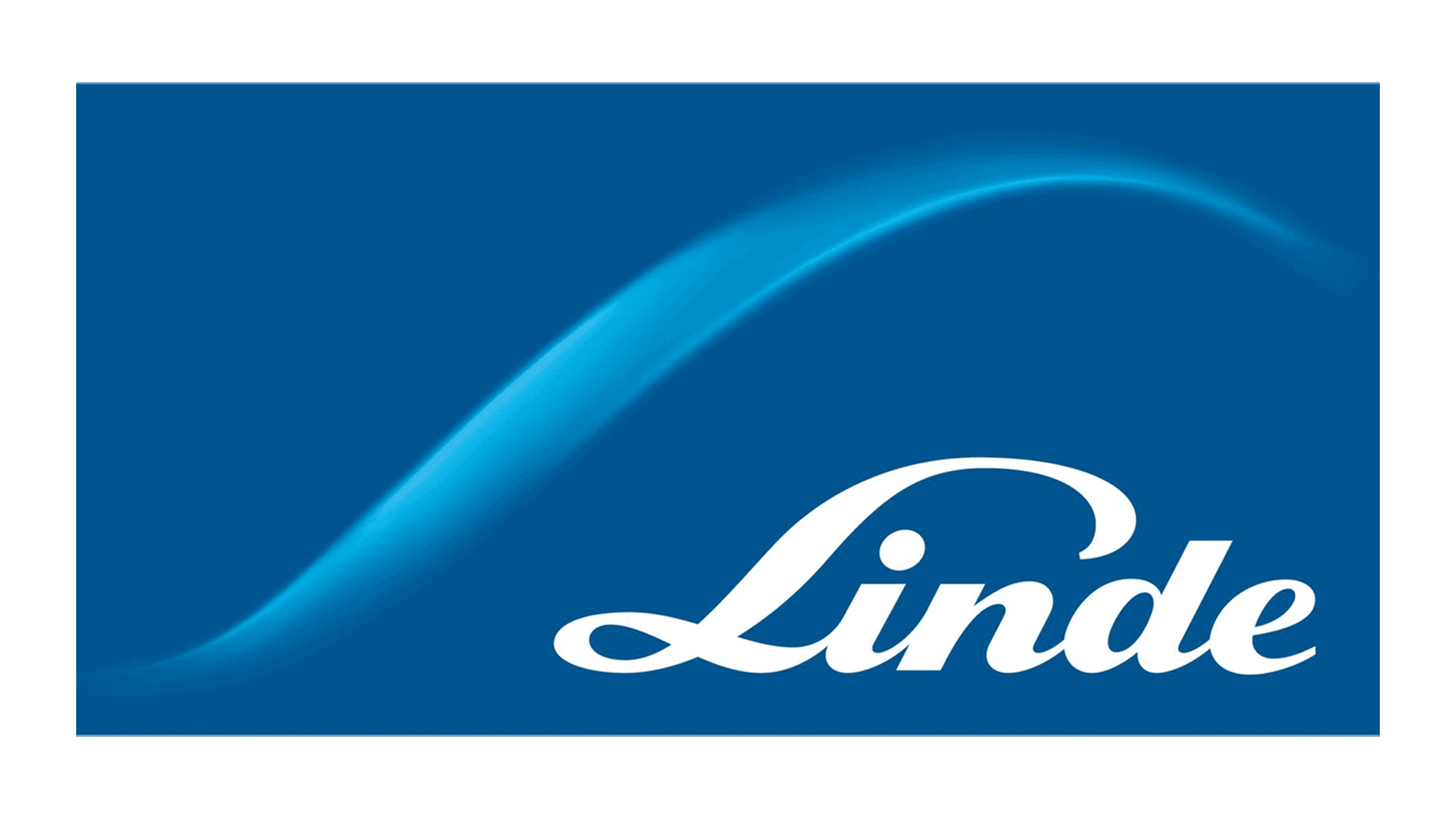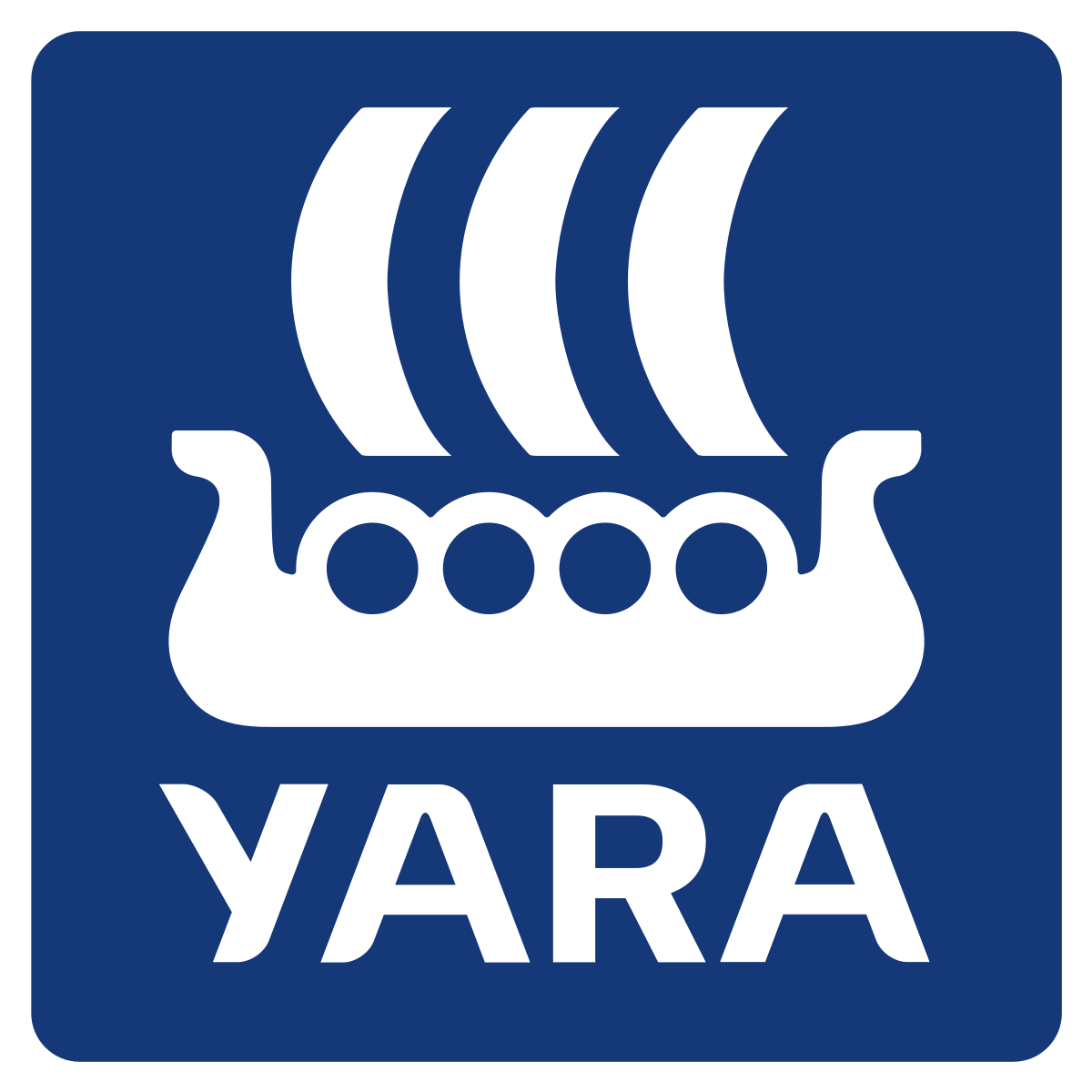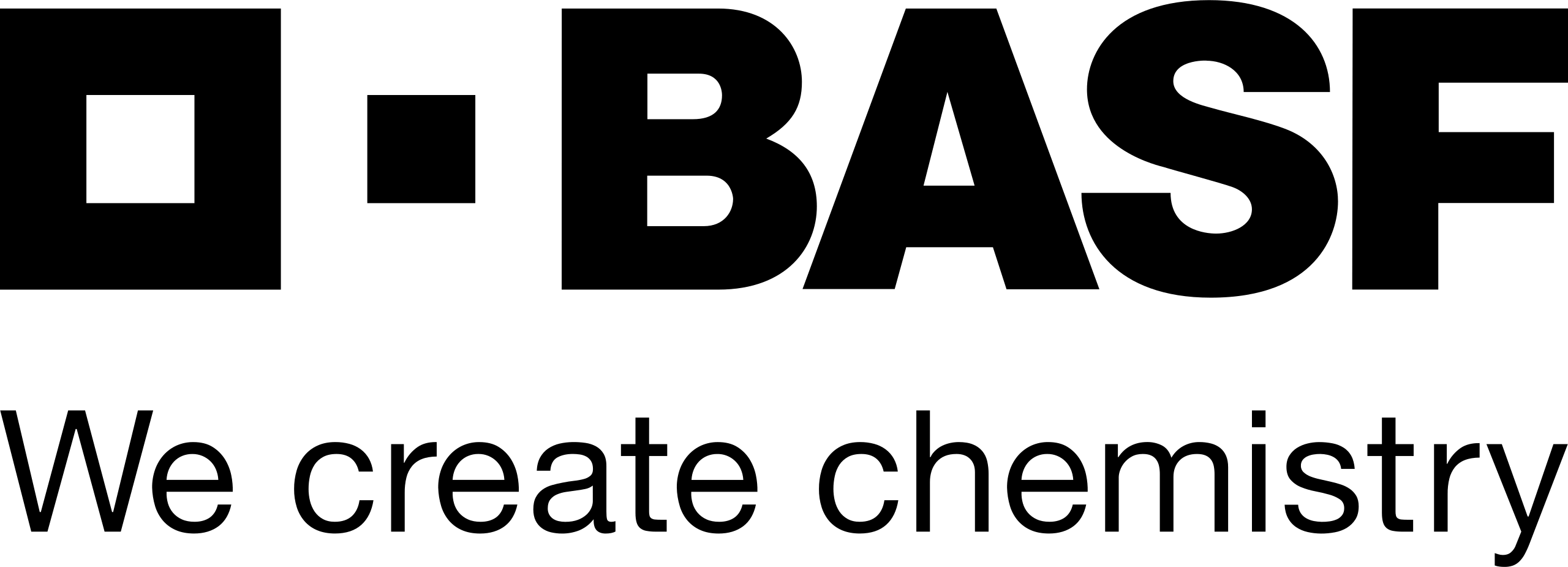Global Smart Textiles Market Insights, Growth, Share, Size: By Type, By Function, By End User Industry, By Region & Segmental Forecast, 2023-2031, Comparative Analysis and Trends
- Industry: Chemicals & Materials
- Report ID: TNR-110-976
- Number of Pages: 420
- Table/Charts : Yes
- November, 2023
- Base Year : 2024
- No. of Companies : 10+
- No. of Countries : 29
- Views : 10225
- Covid Impact Covered: Yes
- War Impact Covered: Yes
- Formats : PDF, Excel, PPT
TNR Estimates that, Global Smart Textiles Market will Reach USD 29.87 Bn by 2031, with Expanding CAGR of 26.89% (2023-2031).
Smart fabrics are those that can respond to and adapt to environmental stimuli. The source of the stimulus and reaction might be electrical, thermal, chemical, or magnetic. In recent years, smart textiles that combine or integrate electronics and fabrics have been developed. Smart textiles have the potential to alter industries and the way people interact with the environment in the upcoming years.
Global Smart Textiles Market Revenue & Forecast, (US$ Million), 2015 – 2031
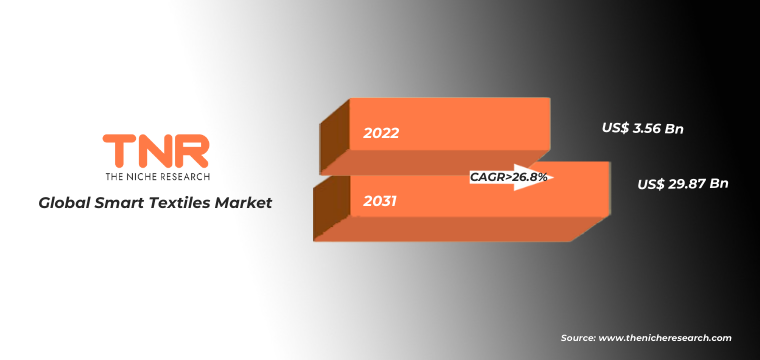
Factors Supporting the Growth of the Global Smart Textiles Market
- Advances in materials science, nanotechnology, electronics, and wireless communication have enabled the integration of electronic components and sensors directly into textiles. These advancements have made it possible to create textiles with enhanced functionality without sacrificing comfort or aesthetics.
- Smart textiles include sophisticated sensors and electronics into the fabric’s weave. These elements are flexible, breathable, and even washable – and they are completely undetectable to the naked eye. The progress of nanotechnology is one of the most important elements influencing the burgeoning smart textiles market. Carbon nanotubes, graphene, and metallic nanowires are examples of intrinsically conductive nanomaterials which are being embedded into smart textiles.
- The demand for sustainable and eco-friendly products has extended to the textiles industry. Smart textiles are being developed with sustainable materials and production processes in mind. Additionally, energy-harvesting textiles that generate power from renewable sources are gaining attention for their potential to reduce environmental impact.
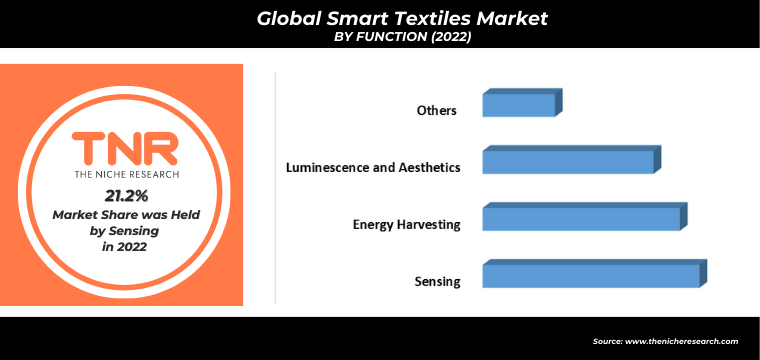 There has been a huge demand for smart textiles in the military and defense sectors due to several factors that align with the unique needs and requirements of modern armed forces. Uniforms, harnesses, and other equipment with integrated or woven electronics are examples of military smart textiles. Military apparel is critical in shielding soldiers from combat and the weather and harsh conditions. Smart textile producers all around the world are looking forward to satisfy changing and increasing military demands.
There has been a huge demand for smart textiles in the military and defense sectors due to several factors that align with the unique needs and requirements of modern armed forces. Uniforms, harnesses, and other equipment with integrated or woven electronics are examples of military smart textiles. Military apparel is critical in shielding soldiers from combat and the weather and harsh conditions. Smart textile producers all around the world are looking forward to satisfy changing and increasing military demands.
Military smart fabrics are being re-imagined or modified as weapons and weapon systems grow more modern in order to keep up with the changing terrain and effectively protect and equip military forces. Exoskeleton suits fitted with motion sensors and health-monitoring sensors, self-repairing fabric, and heated wetsuits are examples of recent advances developed to stay up with technical breakthroughs in other military-related businesses. The potential benefits in terms of enhanced capabilities, safety, and operational effectiveness have led to increased interest and investment in smart textiles for military applications.
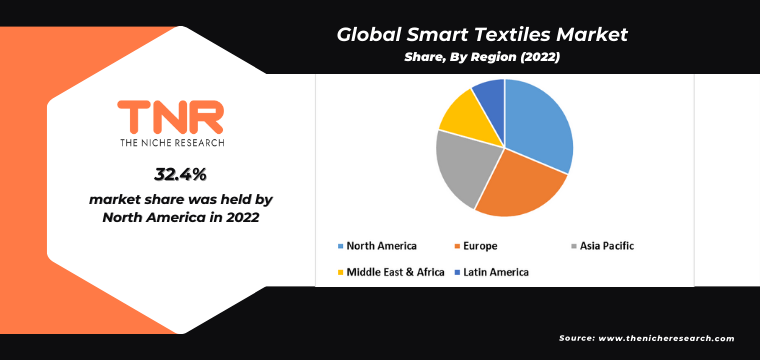
North America had the highest share in the smart textiles market in 2022. The health and fitness trend is strong in North America, with consumers prioritizing wellness, activity tracking, and personal health monitoring. Smart textiles that offer health-related features, such as heart rate monitoring and fitness tracking, align well with these preferences and hence there has been a huge demand for smart textiles across various industries. Additionally, the fashion industry in United States is growing rapidly.
Cities like New York and San Francisco are known for their fashion and innovation scenes. These hubs are attracting designers, engineers, and entrepreneurs who collaborate to create cutting-edge smart textile products that blend fashion and technology. In the upcoming years, as the smart textiles market continues to grow, it’s likely that more innovative and diverse smart textile applications will emerge in this region.
Competitive Landscape
The competitive landscape in the global smart textiles market is dynamic and shaped by various factors, including innovation, research and development, market share, pricing strategies, regulatory environment, and strategic partnerships. Key business strategies such as mergers and acquisitions (M&A), affiliations, collaborations, and contracts adopted by these major market participants are also recognized and analyzed in the report. Some of the prominent key players operating in the global smart textiles market are mentioned below:
- ADETEXS Ltd
- Adidas
- AiQ Smart Clothing
- Bally Ribbon Mills
- DuPont
- Hexoskin
- Infineon Technologies
- Interactive Wear AG
- Loomia
- Milliken & Company
- Noble Biomaterials
- Outlast Technologies LLC
- schoeller Switzerland
- Volt Smart
- Other Industry Participants
Global Smart Textiles Market Report Coverage
| Report Specifications | Details |
| Market Revenue in 2022 | US$ 3.56 Billion |
| Market Size Forecast by 2031 | US$ 29.87 Billion |
| Growth Rate (CAGR) | 26.89% |
| Historic Data | 2015 – 2021 |
| Base Year for Estimation | 2022 |
| Forecast Period | 2023 – 2031 |
| Report Inclusions | Market Size & Estimates, Market Dynamics, Competitive Scenario, Trends, Growth Factors, Market Determinants, Key Investment Segmentation, Product/Service/Solutions Benchmarking |
| Segments Covered | By Type, By Function, By End User Industry |
| Regions Covered | North America, Europe, Asia Pacific, Middle East & Africa, Latin America |
| Countries Covered | U.S., Canada, Mexico, Rest of North America, France, The UK, Spain, Germany, Italy, Nordic Countries (Denmark, Finland, Iceland, Sweden, Norway), Benelux Union (Belgium, The Netherlands, Luxembourg), Rest of Europe, China, Japan, India, New Zealand, Australia, South Korea, Southeast Asia (Indonesia, Thailand, Malaysia, Singapore, Rest of Southeast Asia), Rest of Asia Pacific, Saudi Arabia, UAE, Egypt, Kuwait, South Africa, Rest of Middle East & Africa, Brazil, Argentina, Rest of Latin America |
| Key Players | ADETEXS Ltd, Adidas, AiQ Smart Clothing, Bally Ribbon Mills, DuPont, Hexoskin, Infineon Technologies, Interactive Wear AG, Loomia, Milliken & Company, Noble Biomaterials, Outlast Technologies LLC, schoeller Switzerland, Volt Smart, Other Industry Participants |
| Customization Scope | Customization allows for the inclusion/modification of content pertaining to geographical regions, countries, and specific market segments. |
| Pricing & Procurement Options | Explore purchase options tailored to your specific research requirements |
| Contact Details | Consult With Our Expert
Japan (Toll-Free): – +81 663-386-8111 South Korea (Toll-Free): – +82-808- 703-126 Saudi Arabia (Toll-Free): – +966 800 850 1643 United States: +1 302-232-5106 United Kingdom: +447537105080 E-mail: askanexpert@thenicheresearch.com
|
Global Smart Textiles Market
By Type
- Passive Textiles
- Active Textiles
- Ultra Textiles
By Function
- Sensing
- Energy Harvesting
- Luminescence and Aesthetics
- Others
By End User Industry
- Fashion and Entertainment
- Automotive
- Healthcare
- Aerospace
- Military and Defense
- Industrial
- Sports and Fitness
- Others
By Region
- North America (U.S., Canada, Mexico, Rest of North America)
- Europe (France, The UK, Spain, Germany, Italy, Nordic Countries (Denmark, Finland, Iceland, Sweden, Norway), Benelux Union (Belgium, The Netherlands, Luxembourg), Rest of Europe)
- Asia Pacific (China, Japan, India, New Zealand, Australia, South Korea, Southeast Asia (Indonesia, Thailand, Malaysia, Singapore, Rest of Southeast Asia), Rest of Asia Pacific)
- Middle East & Africa (Saudi Arabia, UAE, Egypt, Kuwait, South Africa, Rest of Middle East & Africa)
- Latin America (Brazil, Argentina, Rest of Latin America)
Report Coverage and Deliverables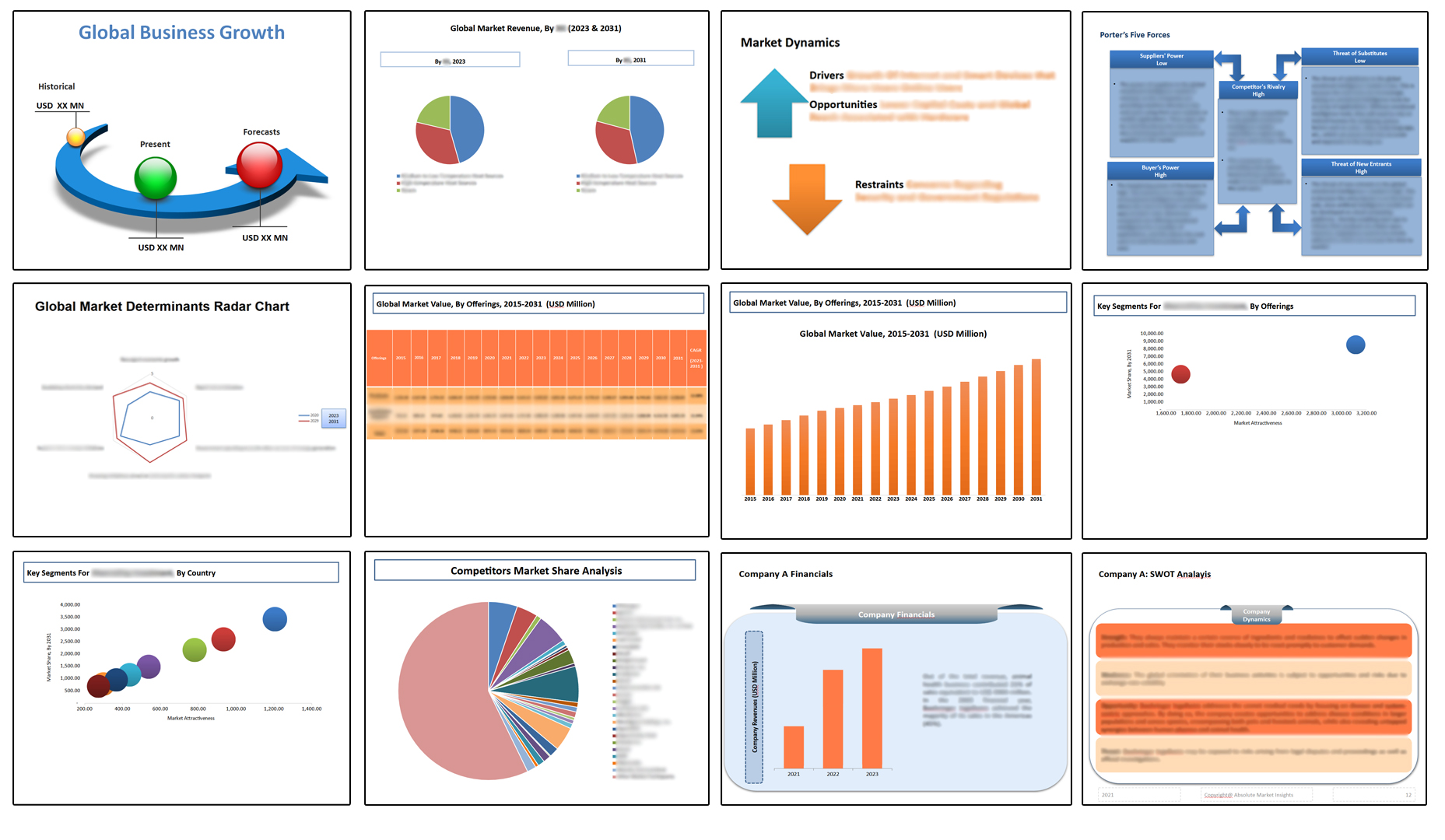
Table of Contents
Note: This ToC is tentative and can be changed according to the research study conducted during the course of report completion.
**Exclusive for Multi-User and Enterprise User.
Global Smart Textiles Market Segmentation
Global Smart Textiles Market – Type Outlook (Revenue, USD Million, 2015 – 2031)
Global Smart Textiles Market – Function Outlook (Revenue, USD Million, 2015 – 2031)
Global Smart Textiles Market – End User Industry Outlook (Revenue, USD Million, 2015 – 2031)
Global Smart Textiles Market – Regional Outlook (Revenue, USD Million, 2015 – 2031)
**Note: The report covers cross-segmentation analysis by region further into countries
The Niche Research approach encompasses both primary and secondary research methods to provide comprehensive insights. While primary research is the cornerstone of our studies, we also incorporate secondary research sources such as company annual reports, premium industry databases, press releases, industry journals, and white papers.
Within our primary research, we actively engage with various industry stakeholders, conducting paid interviews and surveys. Our meticulous analysis extends to every market participant in major countries, allowing us to thoroughly examine their portfolios, calculate market shares, and segment revenues.
Our data collection primarily focuses on individual countries within our research scope, enabling us to estimate regional market sizes. Typically, we employ a bottom-up approach, meticulously tracking trends in different countries. We analyze growth drivers, constraints, technological innovations, and opportunities for each country, ultimately arriving at regional figures.Our process begins by examining the growth prospects of each country. Building upon these insights, we project growth and trends for the entire region. Finally, we utilize our proprietary model to refine estimations and forecasts.
Our data validation standards are integral to ensuring the reliability and accuracy of our research findings. Here’s a breakdown of our data validation processes and the stakeholders we engage with during our primary research:
- Supply Side Analysis: We initiate a supply side analysis by directly contacting market participants, through telephonic interviews and questionnaires containing both open-ended and close-ended questions. We gather information on their portfolios, segment revenues, developments, and growth strategies.
- Demand Side Analysis: To gain insights into adoption trends and consumer preferences, we reach out to target customers and users (non-vendors). This information forms a vital part of the qualitative analysis section of our reports, covering market dynamics, adoption trends, consumer behavior, spending patterns, and other related aspects.
- Consultant Insights: We tap into the expertise of our partner consultants from around the world to obtain their unique viewpoints and perspectives. Their insights contribute to a well-rounded understanding of the markets under investigation.
- In-House Validation: To ensure data accuracy and reliability, we conduct cross-validation of data points and information through our in-house team of consultants and utilize advanced data modeling tools for thorough verification.
The forecasts we provide are based on a comprehensive assessment of various factors, including:
- Market Trends and Past Performance (Last Five Years): We accurately analyze market trends and performance data from preceding five years to identify historical patterns and understand the market’s evolution.
- Historical Performance and Growth of Market Participants: We assess the historical performance and growth trajectories of key market participants. This analysis provides insights into the competitive landscape and individual company strategies.
- Market Determinants Impact Analysis (Next Eight Years): We conduct a rigorous analysis of the factors that are projected to influence the market over the next eight years. This includes assessing both internal and external determinants that can shape market dynamics.
- Drivers and Challenges for the Forecast Period:Identify the factors expected to drive market growth during the forecast period, as well as the challenges that the industry may face. This analysis aids in deriving an accurate growth rate projection.
- New Acquisitions, Collaborations, or Partnerships: We keep a close watch on any new acquisitions, collaborations, or partnerships within the industry. These developments can have a significant impact on market dynamics and competitiveness.
- Macro and Micro Factors Analysis:A thorough examination of both macro-level factors (e.g., economic trends, regulatory changes) and micro-level factors (e.g., technological advancements, consumer preferences) that may influence the market during the forecast period.
- End-User Sentiment Analysis: To understand the market from the end-user perspective, we conduct sentiment analysis. This involves assessing the sentiment, preferences, and feedback of the end-users, which can provide valuable insights into market trends.
- Perspective of Primary Participants: Insights gathered directly from primary research participants play a crucial role in shaping our forecasts. Their perspectives and experiences provide valuable qualitative data.
- Year-on-Year Growth Trend: We utilize a year-on-year growth trend based on historical market growth and expected future trends. This helps in formulating our growth projections, aligning them with the market’s historical performance.
Research process adopted by TNR involves multiple stages, including data collection, validation, quality checks, and presentation. It’s crucial that the data and information we provide add value to your existing market understanding and expertise. We have also established partnerships with business consulting, research, and survey organizations across regions and globally to collaborate on regional analysis and data validation, ensuring the highest level of accuracy and reliability in our reports.


